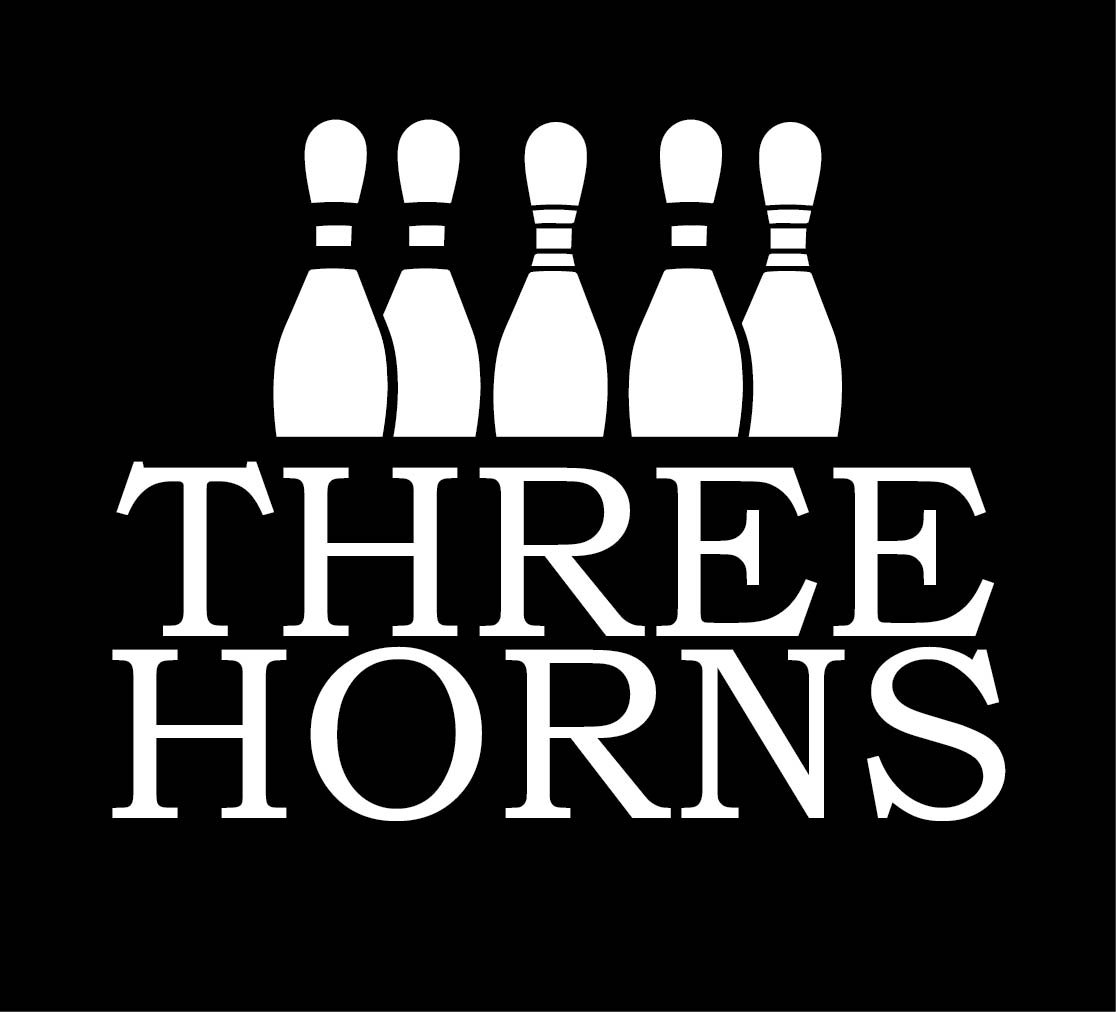
Its beak-like mouth was best suited for grasping and plucking rather than biting, according to a 1996 analysis in the journal Evolution. Triceratops was an herbivore, existing mostly on shrubs and other plant life.
Luciform three horns skin#
Instead of being smooth, the skin of Triceratops, at least around its tail, may have been covered in bristle-like formations, similar to the ancient ceratopsian Psittacosaurus. rex bite marks on other Triceratops bones suggests the carnivore did sometimes feed on the horned dinosaur, a 1996 Journal of Vertebrate Paleontology study suggests. Paleontologists have uncovered brow horn and skull Triceratops bones that were partially healed from tyrannosaur tooth marks, suggesting the Triceratops successfully fended off its attacker, according to a study published in the book " Tyrannosaurus rex, the Tyrant King" (2008, Indiana University Press). The dinosaur also used its horns and frill in fights against its main predator, tyrannosaurs. It is likely Triceratops' horns and frill were used in combat against other Triceratops, as well as for visual display (mating, communication and species recognition), according to a 2009 PLOS ONE study. During a Triceratops' juvenile years, its horns were little stubs that curved backward as the animal continued to grow into young adulthood, the horns straightened out finally, the horns curved forward and grew up to 3 feet long (1 meter), probably after the dinosaur reached sexual maturity. The two brow horns appear to have twisted and lengthened as a Triceratops aged, according to a 2006 study in the journal Proceedings of the Royal Society B. Triceratops had three horns: two massive ones above its eyes, and a smaller horn on its snout. The largest skull found has an estimated length of 8.2 feet (2.5 meters), according to Scannella's 2010 Journal of Vertebrate Paleontology study. The head of Triceratops was among the largest of all land animals, some making up one-third of the entire length of the dinosaur's body. A 2012 study in the journal Proceedings of the Royal Society B suggested that Triceratops had an upright posture like an elephant's, rather than a sprawling, elbows-out posture like a lizard's. The forelimbs, which were shorter than the rear ones, each had three hooves the rear limbs had four hooves each. It had strong limbs to move and support its massive body. (5,000 kg) - some large specimens weighed nearly 15,750 lbs. It grew up to 30 feet (9 meters) and weighed well over 11,000 lbs. Triceratops was a massive animal, comparable in size to an African elephant, according to a 2011 article in the journal Cretaceous Research.

(Image credit: © Scott Hartman / All rights reserved) An elephant-size dinosaur More fossils of Nedoceratops and a distinctly juvenile specimen of Torosaurus would settle the debate, Scannella said.Īrtwork by Scott Hartman reveals the bone structure of Triceratops. They further suggested the frill holes of Nedoceratops are pathological (related to a disease or health issue). In a 2012 PLOS ONE article, for instance, researchers presented evidence of Torosaurus bones that are not fully fused, suggesting the specimen is still immature (and, therefore, not a fully mature Triceratops). However, some other paleontologists contest this single-genus idea. This suggests that the holes grow over time as the frill develops and expands, they reasoned. Again, one of the main differences between the animals in question is the frill: Torosaurus has large frill holes, which are smaller in Nedoceratops and absent in Triceratops (though some specimens appear to show evidence of the beginning of holes). In a subsequent 2011 study in the journal PLOS ONE, Scannella and Horner used similar reasoning to argue Nedoceratops hatcheri, of which there is only a single specimen, is actually a transitional stage between the young Triceratops and the old Torosaurus. "This suggested that Torosaurus, rather than being a distinct genus, was actually a fully grown Triceratops." "We found evidence that the frill on the back of the skull expands relatively late during growth," Scannella said, adding that the microscructure of Torosaurus bones suggests they are older than even the largest Triceratops specimens.

In a 2010 study in the Journal of Vertebrate Paleontology, Scannella and his colleague John ("Jack") Horner argued that Torosaurus, which is mainly distinguished from Triceratops by having an expanded frill with large holes, was actually Triceratops in old age.


 0 kommentar(er)
0 kommentar(er)
